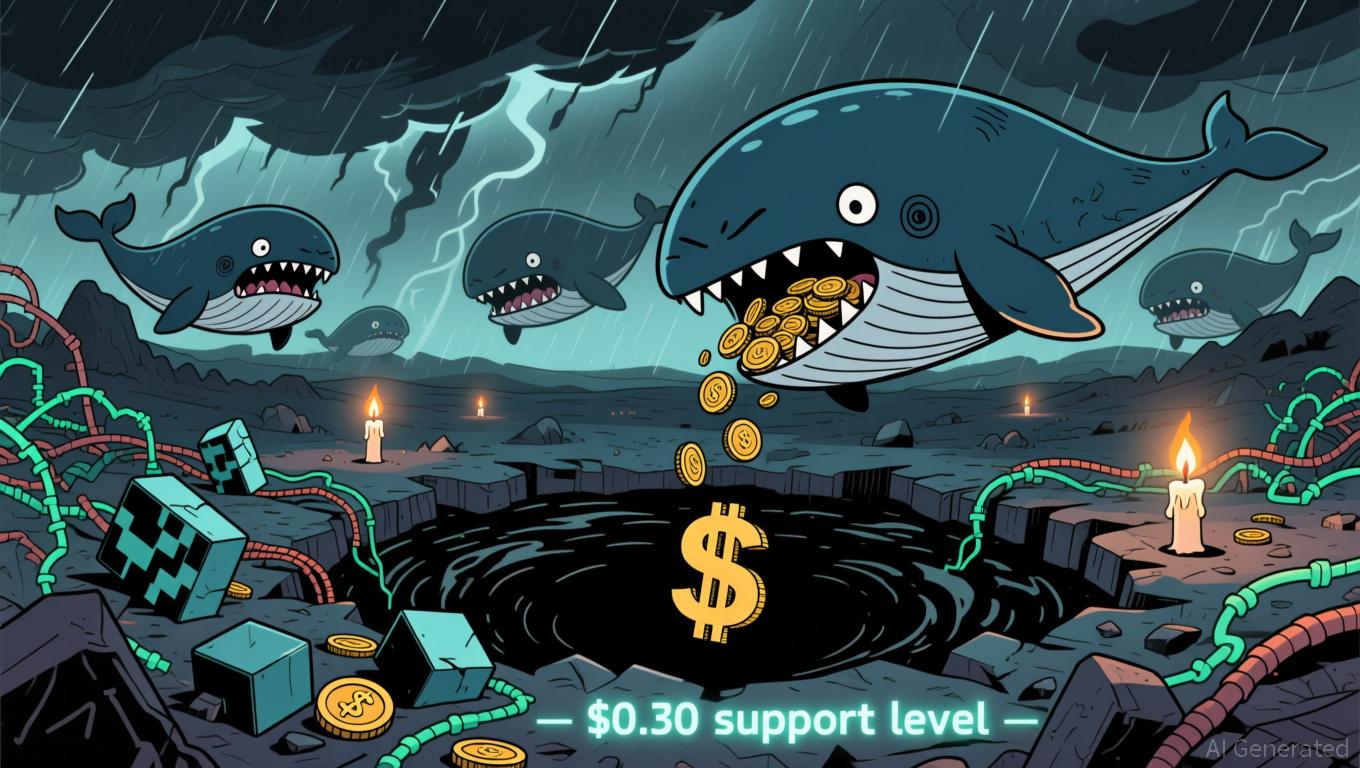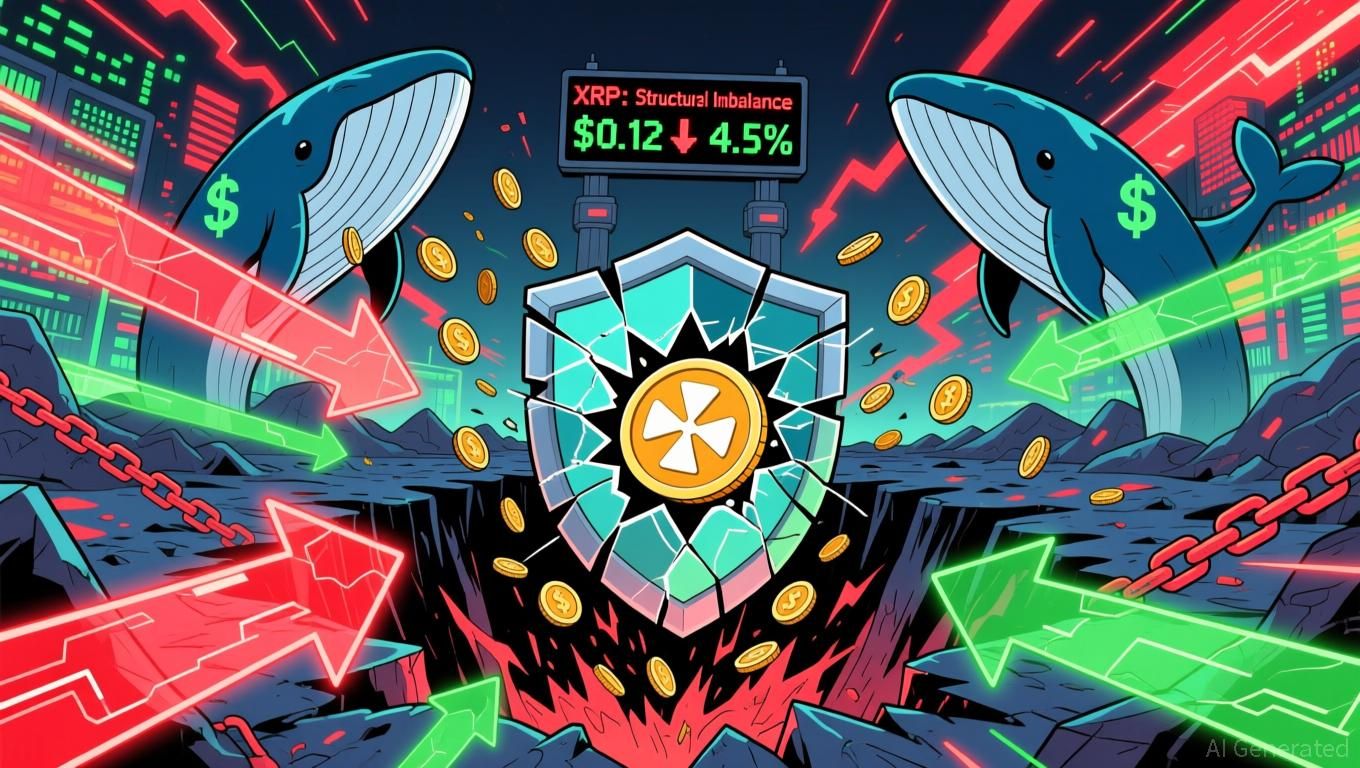India's Debt-Backed ARC Token Eyes Tentative Q1 2026 Debut, Sources Say
India's Asset Reserve Certificate (ARC), a fully collateralized stable digital asset developed by Ethereum scaling and infrastructure development giant Polygon and India-based fintech firm Anq, could go live in the first quarter of 2026, sources familiar with the matter told CoinDesk.
Sources said that each ARC token will trade 1:1 with the Indian rupee and will be minted only when issuers acquire cash or cash equivalents such as fixed deposits, government securities, or cash balances. This setup ensures transparency, safety, and compliance, addressing shortcomings often seen in foreign-backed stablecoins or speculative tokens.
Essentially, ARC is designed to prevent liquidity outflow into dollar-backed stablecoins, keeping liquidity and innovation within India’s domestic economy while simultaneously fostering demand for public debt instruments.
The proposed digital token will complement the Reserve Bank of India's (RBI) Central Bank Digital Currency (CBDC) by serving as a regulated interaction layer developed by the private sector.
In this two-tier framework, the RBI’s Central Bank Digital Currency remains the ultimate settlement layer, safeguarding monetary sovereignty and security. At the same time, the private sector operates the platform that fosters responsible innovation in payment solutions, programmable transactions, and remittance systems within a regulatory-compliant environment.
This framework ensures strong control over the monetary base by maintaining central oversight, all within the boundaries of India’s financial and regulatory system.
Sources said that the ARC will align with rupee partial convertibility: the INR is fully convertible for current account transactions such as trade, business payments, and remittances, but remains restricted for capital account transactions to protect economic stability.
The stable digital token will do so by allowing payments for business transactions without requiring full convertibility. Importantly, only business accounts will be authorised to mint ARC tokens, ensuring compliance with the Liberalised Remittance Scheme (LRS) rules governing individual foreign exchange transactions.
Additionally, ARC’s ecosystem will use Uniswap v4 protocol hooks to restrict token swaps exclusively to whitelisted addresses, reinforcing controlled access and regulatory adherence.
India’s pursuit of a sovereign stablecoin comes amid rising concerns over capital outflows from emerging markets into dollar-backed stablecoins, following the Trump administration’s pro-crypto regulatory measures.
Notably, the landmark GENIUS Stablecoin Act legalized dollar-backed stablecoins, raising alarms about significant liquidity shifts away from emerging economies.
Standard Chartered recently warned that emerging market banks could face deposit outflows of up to $1 trillion over the next three years as savers increasingly turn to dollar-backed stablecoins.
Disclaimer: The content of this article solely reflects the author's opinion and does not represent the platform in any capacity. This article is not intended to serve as a reference for making investment decisions.
You may also like
Cardano News Update: ADA Faces $0.30 Battle as Whale Sell-Offs and Network Issues Combine for Turbulent Conditions
- ADA faces critical pressure as network glitches and whale-driven sell-offs push price near $0.30 support level. - Nov 21 mainnet slowdown and whale's $6M loss via USDA swap triggered 13.7% 24-hour ADA drop to $0.47. - Technical indicators show oversold RSI (34.23) and broken key supports, with $0.30 floor now at risk of capitulation. - Upcoming Midnight NIGHT token launch (Dec 8) offers potential catalyst, but liquidity challenges persist amid bearish momentum.

XRP News Update: XRP ETF Achieves Milestone While Prices Drop Amid Whale Activity
- XRP ETF's 2025 debut saw $250M inflows but XRP price fell below $2 within 48 hours due to whale selling and low liquidity. - Whale accounts offloaded 200M XRP tokens post-launch, exacerbating structural imbalance with 41.5% of supply still in loss positions. - ETF's in-kind creation mechanism masked true inflow scale, contrasting with Bitcoin ETFs' $866M outflows showing market caution. - Analysts predict 2026 turning point for XRP, emphasizing need to resolve whale concentration and liquidity gaps befor

Bitcoin Updates: Institutions Increase Bitcoin ETF Investments During Market Volatility
- U.S. Bitcoin ETFs saw $238M net inflow on Nov 21, reversing weeks of redemptions, despite BlackRock’s IBIT logging a $523M outflow earlier in the month. - Fidelity’s FBTC and Grayscale’s BTC attracted $192.9M inflows, reflecting a shift to lower-cost ETFs amid volatile markets and regulatory uncertainty. - Institutional investors like Harvard boosted IBIT holdings by 257%, signaling long-term confidence in Bitcoin as a strategic reserve asset despite short-term turbulence. - Ethereum ETFs faced $262M out

Bret Taylor’s Sierra surpasses $100 million in annual recurring revenue in less than two years
